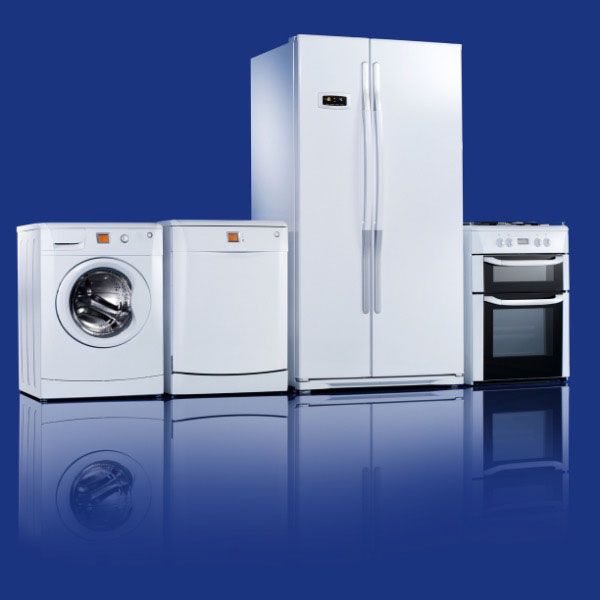
When your trusted home appliance breaks down, you immediately think of the cost of replacing it. Did you know there are many home appliance repairs you can safely and easily DIY? These repairs and appliance maintenance tasks can help extend the life of your home appliances.
We’ll share the top, easiest home appliance repairs you can do yourself to repair or maintain your appliances.
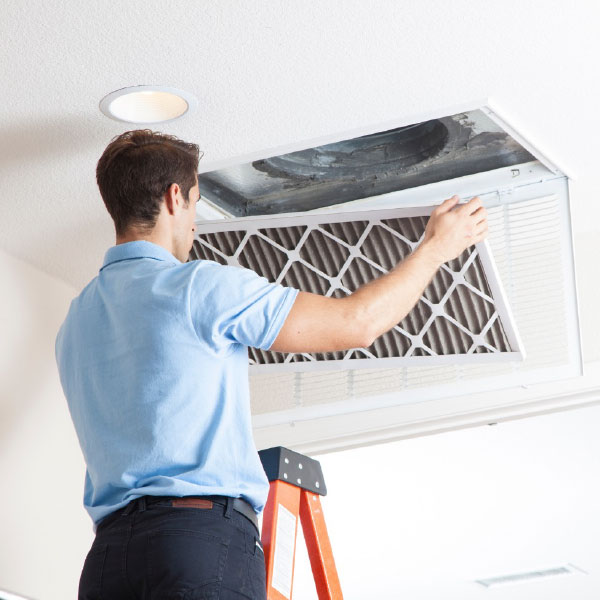
Maintenance: Replacing filters
Many home appliances have filters (such as your washer/dryer, fridges, and furnace). Clean or replace your filters regularly to keep the appliance running optimally. How often depends on the machine, how often it’s used, and how dirty it becomes. Replacing these is usually as easy as opening a compartment, sliding out the old filter, and putting in a new or cleaned one. Check your owner's manual for the location of your filters.
Dishwasher draining slow or pooling water?
Food and debris will often clog your dishwasher's intake and drainage lines. If you notice any clogs or too much water left in the button of your machine after a wash, you can usually clean them out with a small brush or use a pair of pliers to remove debris. Be sure to clean your cash basin of food particles at least weekly.
Dryer overheating?
Keeping your dryer and surrounding area clean of dryer lint helps prevent fires. Emptying the lint tray after every load is an important step, but quite often, lint will slip through and cause a buildup in your vents and around your machine, where the immense heat of the machine could cause it to catch fire.
Look under and around your lint trap and remove any surrounding panels with a screwdriver to get a better look. You can also purchase a cleaning device that snakes through your full vent to remove and clean any debris that builds up.
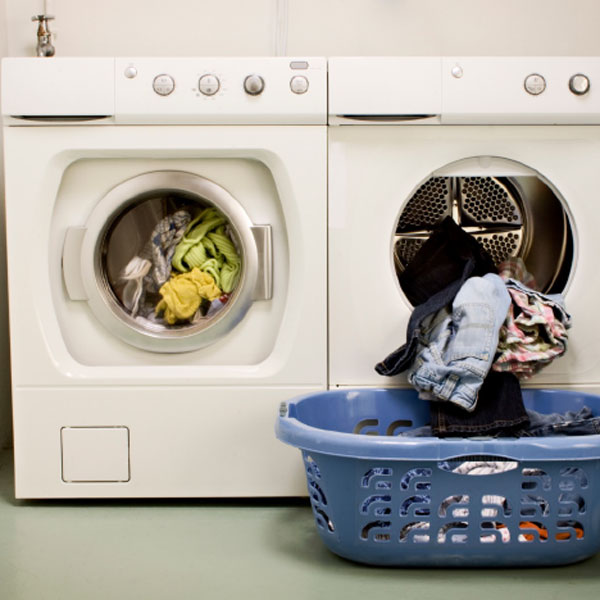
Dryer Ice maker on the fritz?
If your built-in ice maker isn’t producing quality ice anymore (they’re small or discoloured cubes), it could indicate a blockage in the water supply. To fix:
- Carefully unscrew your ice maker from your fridge wall.
- Unplug the wiring harness that it’s attached to. You should also see the water intake valve.
- Remove debris and use a hair dryer to melt frozen water in the tube.
- Melt and dry any surrounding ice in the area before reattaching the wiring harness and screwing the unit back into place
Fridge not cooling?
If your fridge is not cooling anymore, or you notice the temperature is much higher than expected, get a vacuum and clean the coils behind or under the refrigerator. When these build up with dirt and dust, they don’t work to cool your fridge as efficiently. Also, vacuum the fan (located under or behind the refrigerator). You may need to remove a panel at the back of your fridge to access it.
Oven not heating?
If your gas oven isn’t igniting anymore, you may have a build-up on the igniter. The igniter is usually located at the base of your oven, usually under a small cover or panel you can remove easily. Take a small bristle brush to remove debris from the igniter, and try to light it again when fully dry.
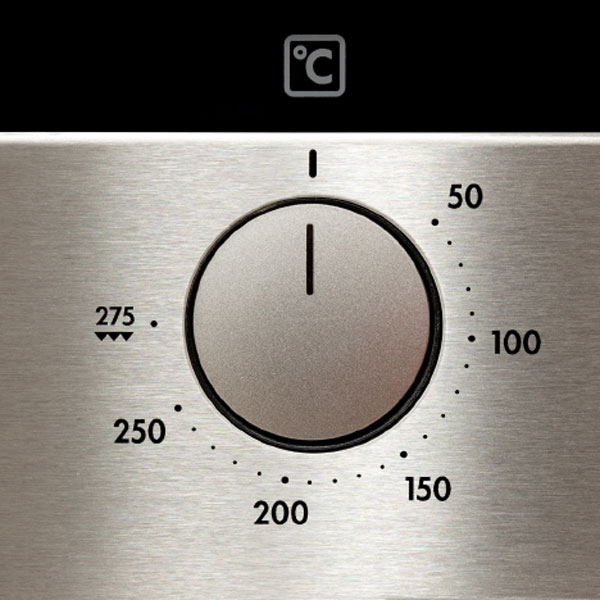
Oven temperatures not accurate?
Did you know you can recalibrate your oven to fix its thermometer? If you’re finding food takes significantly longer (or quicker) to cook than the recipe suggests, your oven thermometer may be off. You likely don’t need a new appliance, but follow the instructions in your manual to calibrate. Use a small oven-safe thermometer to ensure accurate readings and calibrate as necessary.
Seals not tight anymore?
Many problems with maintaining the temperature in a home appliance (such as a freezer or oven) may be due to defective or worn seals around the doors. Check the rubber seals around the door frame if you have heating or cooling issues with your appliance. If you notice cracking or brittleness, you can replace the seal easily yourself:
- Turn off the power or gas to the appliance.
- Remove the existing seal by peeling it off, unscrewing, or unclipping it from the door.
- Clean the door with warm soapy water and allow it to dry thoroughly.
- Reapply the new seal by sticking, screwing, or clipping it.
- Ensure there are no cracks or sections that prevent a tight seal.
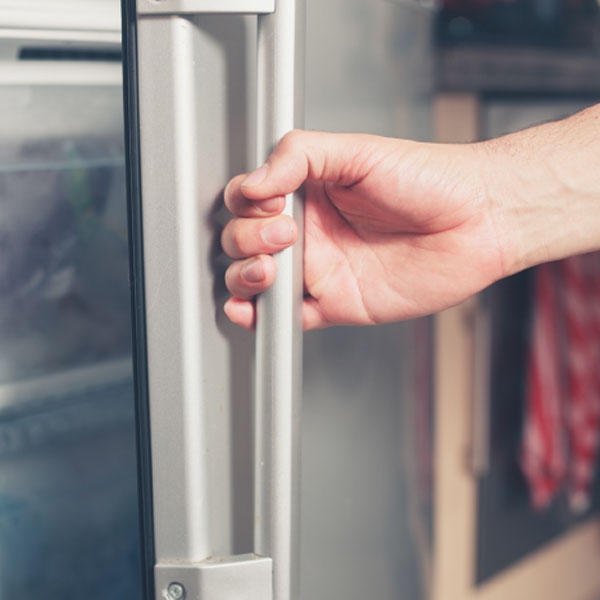
General home appliance repair tips
In addition to the DIY repairs you can do above, always keep these tips in mind when doing any repair work on home appliances:
- Always turn off your appliance's electrical, gas, or water supply before serving it.
- Have a stack of spare towels handy in case of leaks or spills.
- If in doubt, call a professional repair company.
West Coast Appliances provides repair services for residential home appliances. Whether your appliance is still under warranty or not, we can come to your home to diagnose and fix issues with your appliances. We charge a $99 diagnostic call-out fee to come and diagnose the problem. We apply that cost to the cost of any repair work afterwards.
Our factory-trained technicians will arrive with many common appliance replacement parts and equipment in their trucks. However, they may need to schedule a follow-up appointment for additional or specialized parts.
The best part is if you choose not to repair the unit and decide to buy a new one after getting your diagnostic report from our technicians, you’ll get a $50 credit towards purchasing a new appliance from us.
Need help diagnosing or repairing one of your household appliances? Contact our Repair Service team today for an appointment.



